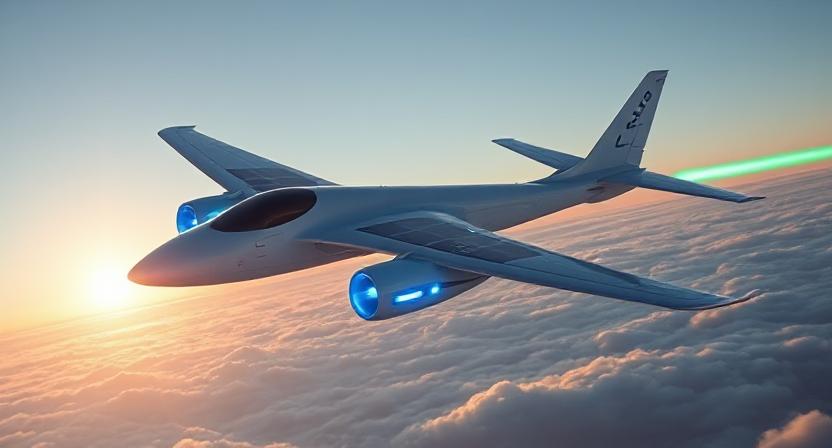In today’s race against climate change, the aviation industry is under growing pressure to reduce its environmental impact. While air travel only contributes about 2.5% of global CO₂ emissions, its high-altitude effects make it disproportionately harmful. This has led to a surge of innovation around one key goal: the development of low-carbon aircraft.
But how close are we really to flying in fully low-carbon aircraft? Let’s explore the progress, challenges, and the promising technologies shaping the future of sustainable aviation.
What Is a Low-Carbon Aircraft?
A low-carbon aircraft is designed to emit significantly less carbon dioxide (CO₂) and other greenhouse gases throughout its lifecycle from manufacturing to operation and disposal. This is achieved through various strategies like:
- Using sustainable aviation fuels (SAFs)
- Incorporating electric or hybrid-electric propulsion systems
- Improving aerodynamic design and fuel efficiency
- Reducing aircraft weight with advanced materials
How Far Have We Come?
1. Fuel Efficiency Advances
Modern commercial aircraft like the Boeing 787 Dreamliner and Airbus A350 are already 20–30% more fuel-efficient than their predecessors, thanks to lightweight materials and engine advancements.
2. Sustainable Aviation Fuels (SAFs)
SAFs can reduce lifecycle CO₂ emissions by up to 80% compared to conventional jet fuel. Airlines like United, Lufthansa, and British Airways have already started integrating SAFs into their operations though current availability and cost remain major hurdles.
3. Electric and Hybrid-Electric Aircraft
Startups and aviation giants are testing electric propulsion. Aircraft like:
- Pipistrel Velis Electro (the world’s first certified electric aircraft)
- Heart Aerospace’s ES-30 (hybrid-electric regional plane, expected by 2028)
- Airbus ZEROe (a hydrogen-powered concept aircraft aiming for 2035 launch)
These represent real steps toward fully low-carbon aviation.
What’s Holding Us Back?
Despite promising progress, fully low-carbon aircraft still face several challenges:
- Battery technology: Current battery energy densities are not yet sufficient for long-haul flights.
- Hydrogen infrastructure: Hydrogen storage, transport, and fueling systems are still in early development.
- High costs: R&D and manufacturing of green aircraft are expensive.
- Regulatory frameworks: Global aviation authorities must align on safety, fuel standards, and emissions tracking.
The Road Ahead
The future of low-carbon aircraft isn’t just an industry trend it’s a global necessity. The International Air Transport Association (IATA) has set a target of net-zero carbon emissions by 2050, and this has accelerated innovation across the board.
With growing investment, government support, and technological breakthroughs, short-haul and regional low-carbon flights may become a reality within the next decade. Long-haul flights, however, may take longer possibly into the 2040s or beyond.
Final Thoughts
So, how close are we to fully low-carbon aircraft?
We’re on the runway, engines powered by innovation and sustainability. While we haven’t taken off into a fully decarbonized sky just yet, each new development brings us one step closer. From hybrid-electric planes to hydrogen-powered concepts, the journey to cleaner skies has begun and it’s gaining altitude.

